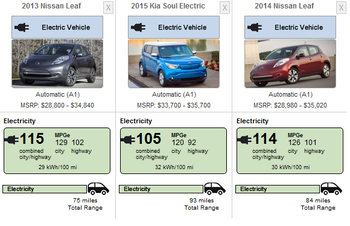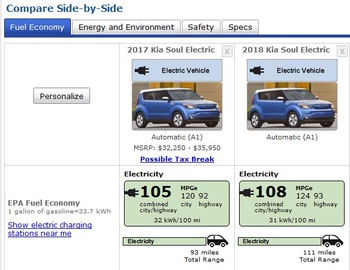MassDeduction
Well-known member
- Joined
- Feb 25, 2020
- Messages
- 135
Hi all, this is my first post to the forum, so hopefully this isn't a topic that's been covered to death (I didn't find a thread, but perhaps I missed it!).
I see that there's an option to charge to only 80% when using timed/metered charging. However, I don't see that option when metered charging is turned off. When timed charging is turned off, does it charge to 80% or 100%, or is it selectable in some way that's not obvious to me? This is on a 2016 Soul EV. Thank you very much!
I see that there's an option to charge to only 80% when using timed/metered charging. However, I don't see that option when metered charging is turned off. When timed charging is turned off, does it charge to 80% or 100%, or is it selectable in some way that's not obvious to me? This is on a 2016 Soul EV. Thank you very much!





![300W Car Power Inverter 12V to 110V,PiSFAU DC to AC Car Plug Adapter Outlet with Multi USB[24W USB-C] /USB-Fast Charger(24W) Car Inverter,Car Charger for Laptop Vehicles Road Trip Essentials](https://m.media-amazon.com/images/I/41-KedJShYL._SL500_.jpg)








































